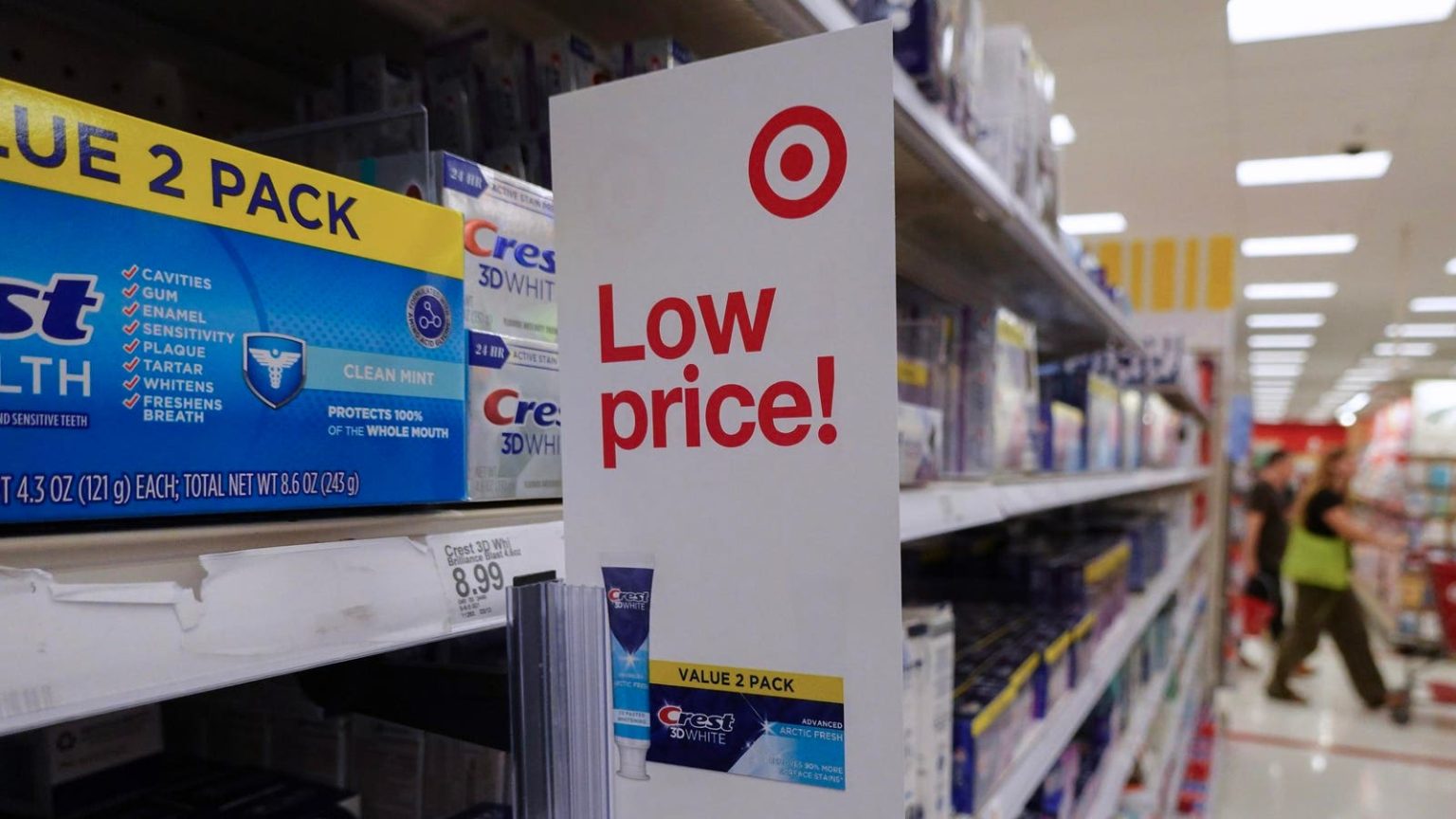Target Corporation has reported a decline in comparable sales for the first quarter of the year, with a 3.7% drop following a full-year decline in 2023. This has put the retailer on high alert, with measures in place to rebuild customer traction as the summer season approaches. Net income was also slightly down at $942 million, leading to an 8% decrease in the stock price by 10 a.m. on the day of the announcement.
The decline in revenue to $24.1 billion from $24.9 billion was in line with expectations, with consumers focusing on essentials rather than discretionary categories. In comparison, Walmart has seen a rise in share price of 24% this year to date, suggesting that the retail giant has weathered the first three months better than Target. However, beauty sales partially offset the lower spending in other areas for Target in the first quarter, with digital sales increasing by 1.4% and same-day services rising by 9%.
Target’s CEO, Brian Cornell, stated that the company’s top-line performance had improved for the third consecutive quarter, with digital business growth led by same-day fulfillment services. Looking ahead, Cornell expects a return to growth in the current quarter, with lower prices and more relevant seasonal assortments aimed at bringing back shoppers. Target plans to cut prices on approximately 5,000 frequently bought items to boost demand, starting with 1,500 items now in time for the Memorial Day weekend and beyond.
The price reductions will be available on products like milk, meat, bread, snacks, yogurt, and pet food, and will also apply to Target’s owned brands. Target’s executive vice president, Rick Gomez, stated that the price cuts are aimed at helping shoppers make the most of their budgets, collectively saving consumers millions of dollars. Additionally, Target has relaunched its Target Circle loyalty program, attracting almost a million new members in the first quarter, offering further value to customers.
Target has also taken steps to combat theft, with expectations that shrink rates will reach a plateau this year, resulting in a benefit to gross margin rates. Inventories have been lowered by 7% at the end of the first quarter, while in-stock levels for faster-moving goods have been increased, helping profitability. The retailer expects a 0-2% increase in comparable sales for the second quarter and full year, with a hope that these measures will lead to an improvement in discretionary spending trends throughout the rest of the year.


